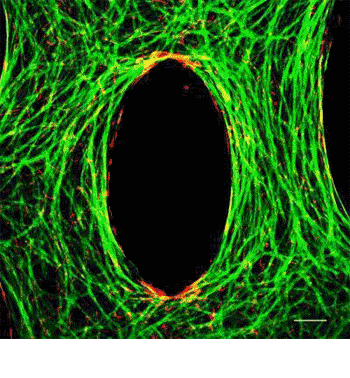By: Jamie Campbell
In an effort to end a decade long drought in the Beijing area, the Chinese government has been experimenting with weather manipulation, with mixed results. While the government’s actions do seem to be having an effect, bringing some of the earliest snows on record to Beijing, they are both good and bad. The practice of cloud seeding, adding chemicals to the clouds that make them produce rain more readily, can increase precipitation by up to 20%. The chemicals, in most cases silver iodide, dry ice or liquid propane, can be delivered in a variety of fashions, from planes to China’s preferred method, rockets or artillery. But the results of this manipulation are not all good. The snowstorms have wreaked havoc on the people, traffic and infrastructure of Beijing. The snow causes roads to close, halting business, flights and classes. China is not the only government to experiment with these techniques. As of now, 24 countries practice some kind of cloud seeding, including the USA.
Cloud seeding and weather manipulation in general could have an enormous impact on our lives and our environment. Used responsibly, it could end droughts, stop floods, and redirect hurricanes and other dangerous weather to places where it won’t hurt humans. Unfortunately, this technology could be a most destructive weapon. Imagine, redirecting a hurricane towards an enemy, a hurricane that will release the energy of multiple atomic bombs. And even more, there would be zero accountability. There would be almost no way to prove who, or even if someone had attacked you.
At this point, I support weather manipulation. The benefits, if perfected would be enormous. Weather causes huge amounts of suffering, and used responsively, we can stop a large portion of it. While this technology could theoretically be used as a weapon, our skill is much too low to use it effectively. I feel that the befits of weather manipulation far out way the potential risks.





